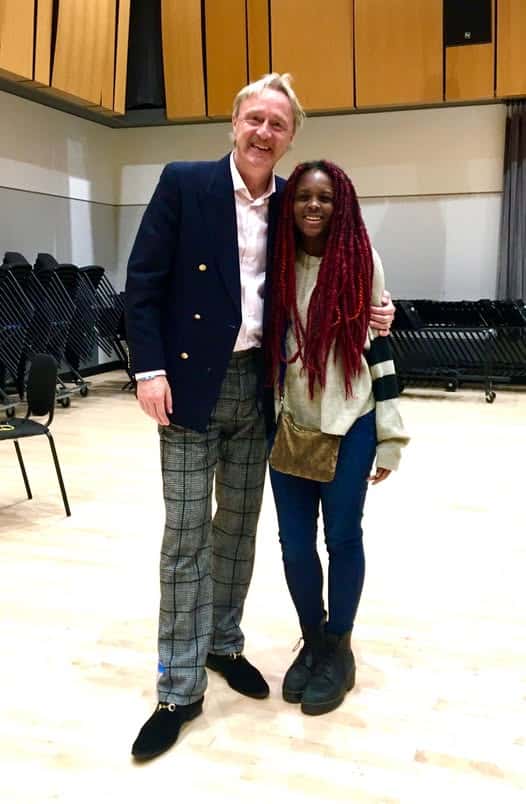UK budget: Arts funding up, bureaucracy cut
mainThe Chancellor, George Osborne, has announced increased funding for Arts Council England, continued free entrance to national museums and galleries and a 20 percent cut to Culture Department administration.
What’s not to like?

UPDATE: The ACE chairman Peter Bazalgette has just called the statement ‘astonishing’. Meaning that nobody in his hapless organisation had a clue it was coming, or was in any way responsible for influencing the Chancellor.
2nd UPDATE: How much it is worth? Click here.





Is there finally a hint of light in the far distance at the end of this long, dark tunnel for the UK’s beleaguered, impoverished, yet still world-class performing arts sector?
They don’t seem to be “hapless” it looks like they’ve pulled a blinder
Is Osborne actually less of a prat than he seems?
It is well-known that Mr Osborne is a big fan of music, perhaps most so of all the Tory cabinet, except Michael Gove.
Except if you read the small print, he hasn’t increased funding to the Arts Council. It’s on standstill for four years (so a real terms cut). The “increase” is going to some special projects eg. Hull City of Culture.But it’s still way better than the cash cuts we had feared. I reckon the plan was to apply a cash cut but to top up from the lottery by creaming off from the Big Lottery. The charities sector got wind of this and squealed, and Osborne probably decided that as the sums are so small, he might as well just stick with the Arts Council’s current level of funding.
There are two behind the scenes trends at play here. First, there has been a lot of good evidence gathering and diplomatic lobbying by the recently formed and powerfully constituted Creative Industries Federation under the Chairmanship of design wizz Sir John Sorrell (of Newell and Sorrell) and former journalist John Kampfner. The Arts Council are partners in this but by no means leaders. Recent work by the CIF which has strong commercial membership has lobbied for the importance of subsidy. Second, there is a subtle but discernable shift about how funding is used – the shift is that funding is incereasingly seen as investment rather than subsidy and that means some are thinking that it could and should be used to support ventures that might otherwise be thought of as commercial – one example is small music venues that promote popular and commercial music. Some of the historic dividing lines between the “commercial/popular” and the “not for profit/artistic” could well become more blurred. What has up to now been rhetoric that dates back to the mid-1980s may now start to become reality.
Since no-one, across nearly all sectors, knew what was coming (including the police) I can only assume everyone is ‘hapless’.
And if you’re not going to bother showing the full quote from Baz, I will:
“This is an astonishing settlement for arts and culture. The very strong case made by the Arts Council and the sector, supported by DCMS ministers, for the huge benefit arts and culture deliver to our quality of life, our society and our creative economy has been recognised by the Chancellor.
This settlement means we can keep up our efforts to ensure everyone, everywhere in England benefits from Arts Council money. We can continue to invest in children and young people, disadvantaged communities and new talent as well as hundreds of much loved arts and cultural institutions.
We now need to understand the settlement for Local Authorities. Our team across the country will be having place by place conversations. We cannot replace their revenue but we’ll keep investing where Local Authorities keep faith with culture.”